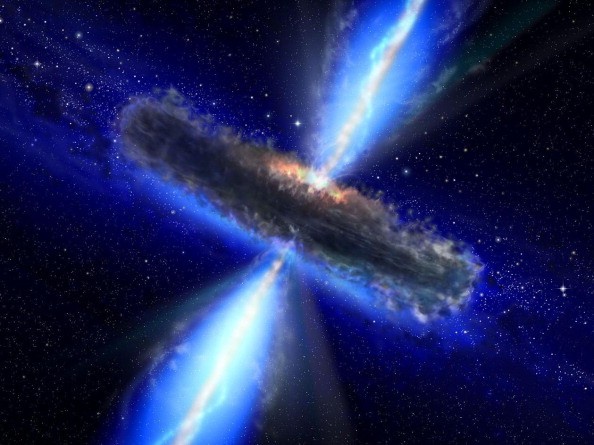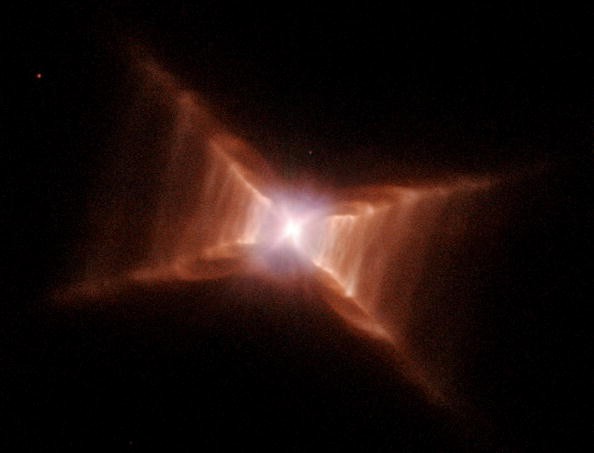NASA was able to turn the visual data of various galaxies into sound clips, thanks to its Chandra X-Ray. Although the sound clips don't literally allow you to hear the galaxies, the output still provided astonishing sounds.

NASA Gov's official website stated that the space agency's latest installment from their data sonification offers three diverse cosmic scenes. All of these sound clips were produced by Chandra X-Ray and other telescopes.
The space agency used the data sonification method, which maps the data from the space-based telescopes into sound clips so that users can hear them. Although this is the case, NASA didn't change the original visual data.
How to access NASA's galaxy sound clips
If you want to hear them, all you need to do is visit NASA Chandra X-Ray's official website. You can click here so that you be directed to the page.
NASA Chandra X-Ray's Instagram account also posts the latest converted visual data so that the IG users can easily access them. The space agency posted a new sound clip that features the Cat's Eye Nebula Whirpool Galaxy.

"New sounds dropping today: Cat's Eye Nebula, Whirlpool Galaxy, & Chandra Deep Field South! Data sonifications like these allow listeners to hear information from cosmic objects and experience them in a different way," said NASA via its official IG account.
The images contain both X-rays from Chandra around the center and visible light data provided by the Hubble Space Telescope. On the other hand, NASA represented the X-rays by a harsher sound. Meanwhile, Chandra X-Ray represented the visible light data by a smoother audio clip.
How the audio clips work
NASA explained that the listeners should focus on the radar-like scan that moves clockwise since it is the one that produces the sounds. The sonification begins at the top and moves radially around the image in a clockwise direction. If you want to know more details, all you need to do is click here.
For more news updates about NASA and its upcoming space experiments, always keep your tabs open here at TechTimes.
Related Article : NASA Releases a 16-Minute Recording of Perseverance Rover Driving Around Mars, Gives a Glimpse of What the Red Planet Sounds Like
This article is owned by TechTimes
Written by: Giuliano de Leon.
ⓒ 2025 TECHTIMES.com All rights reserved. Do not reproduce without permission.




